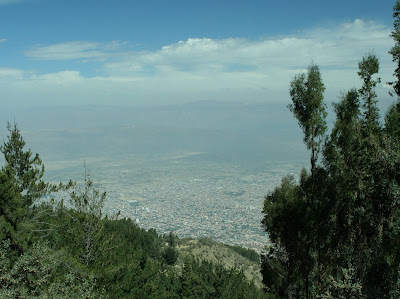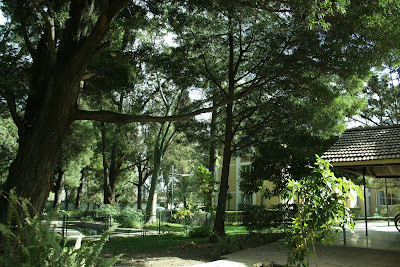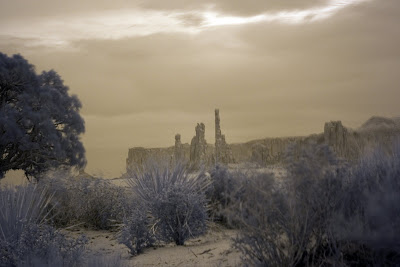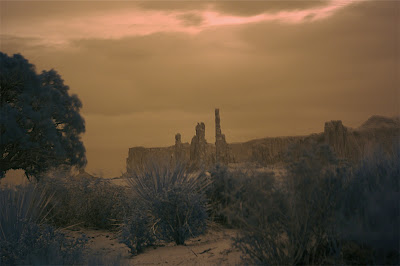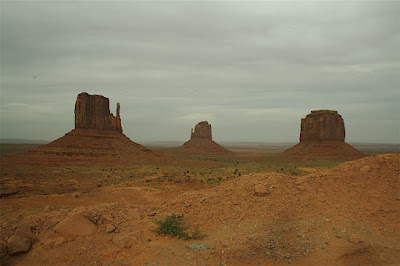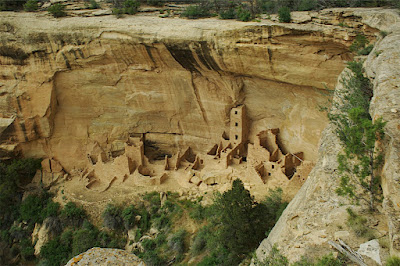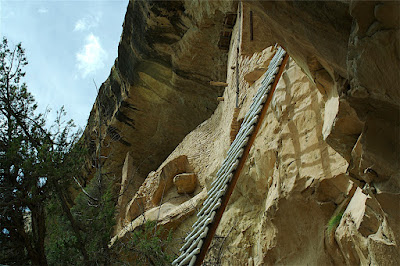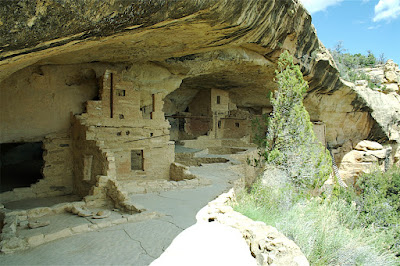
I realized that most of this blog has been devoted to my adventures down here. I´ve really spoken little about what I´ve actually been DOING for the 5 days in the week, but only my brief side trips to other lugares. Somewhat atypically me, I guess, so now I start my attempt to bring in other, more important, aspects of my trip. Because the reality of the situation is that Bolivia is incredibly complex, progressive, and illuminative of both the history, present, and future of our global socio-economic system. I don´t have time to write anything long here, nor do I really want to, but I thought I might start with two quick links to get people started.
First, an excellent film that I just recently saw called The Devil´s Miner. This film profiles current working conditions in a silver mine near Potosi, Boliva which is called Cerro Rico (loosely, Rich Mountain--rico is a all-use word for rich, tasty, good, and much more in Bolivia). This mine was opened by the Spanish Conquistadores who forced the native populations into forced labor where a person would have to work in the mines for 6 months strait never seeing the light of day. Today, not much has changed. This movie is shot in the style of Mexican Realism and really carries a powerful impact on the viewer. If you want to experience just a tiny bit of the devasting exploitation of south america--you should see this movie. You´ll see a link in the bottom right of the above-linked website where you can both see a preview and purchase a copy of the film. If you don´t like it, I´ll buy the copy from you when I get back as I will surely be getting it for my library. An excellent work.

Second, the Democracy Center´s Blog from Bolivia, which has and continues to give an excellent account of current events--of which there are many. I had the opportunity to meet the writer, who is an excellent person, and also was a key player in breaking the story about the US-based Bechtel Corporation´s exploitative and illegal contract for ownership of the water-supply of Cochabamba--this left people paying over 20 dollars a month for water when they only made 80 and oftentimes stole home-made wells from the campesinos. Jim played a critical role in ending this contract via massive education and mobilization of the people--today this supernational country-of-a-corporation is gone, though water problems remain and Bechtel is doing the same thing (and getting away with it) in other places throughout the world thanks to malicious contracting on part of the US-elected World Bank.
Great, hopefully this is a decent start. In the future I will do my best to try and unpack certain aspects of the current political and economic climate here as I perceive them from my time and conversations spent here.
If you are thinking "I don´t want any of this," just hang around for 3 days--tomorrow morning I leave for the Chapare, a tropical region of Bolivia. This area is one of the more politically active areas and also home to monos ladrones/rainforests. Thanks for reading, plenty more to come in my last few weeks here...


